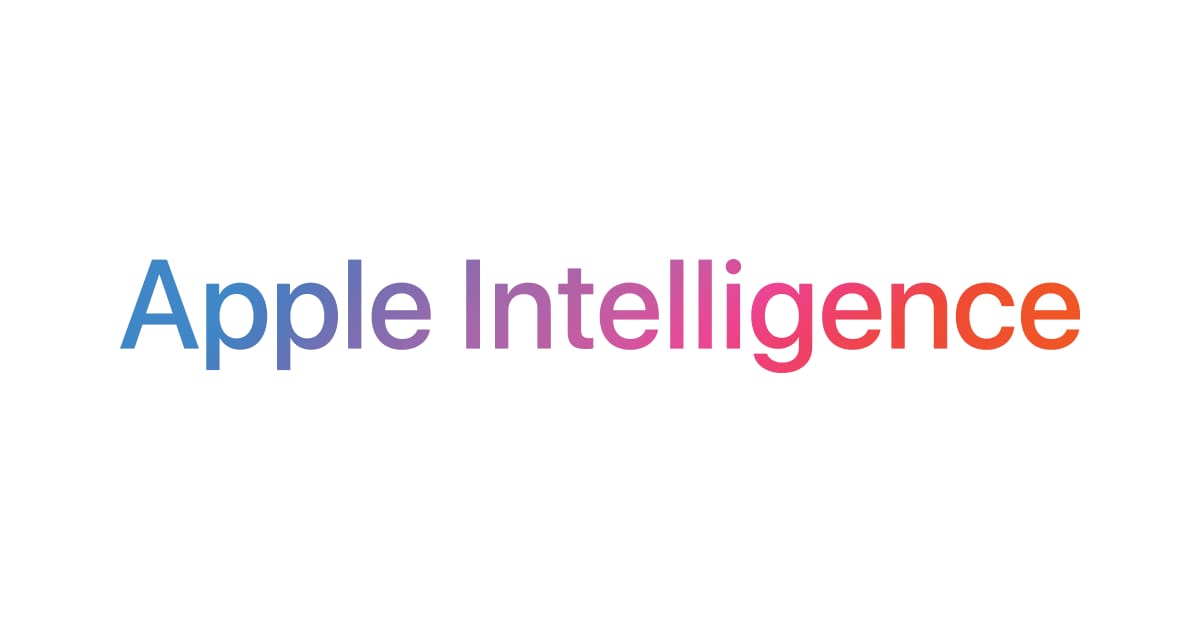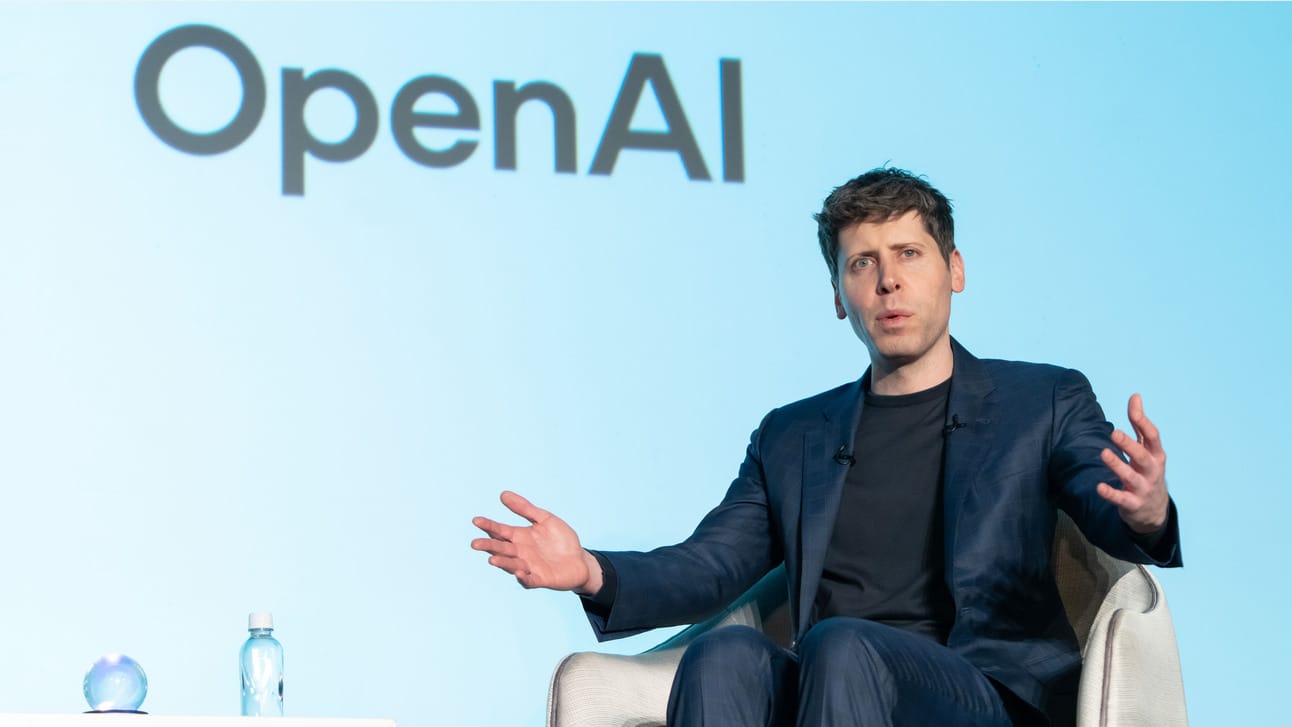- AI Weekly Insights
- Posts
- AI Weekly Insights #74
AI Weekly Insights #74
Smarter Models, Faster AI, and the Future of Social Media
Happy Sunday,
We’re back with ‘AI Weekly Insights’ #74 and the robots have been busy. From OpenAI dropping new brainpower to Microsoft building faster AI for your everyday laptop, this week is packed with upgrades, privacy moves, and OpenAI's very casual attempt to take over social media.
Ready? Let’s dive in!
The Insights
For the Week of 04/13/25 - 04/19/25 (P.S. Click the story’s title for more information 😊):
OpenAI Supercharges Its AI Lineup: GPT-4.1, o3, and o4-mini
What’s New: OpenAI has released GPT-4.1, an upgraded multimodal AI model with a massive context window, and introduced o3 and o4-mini, two new advanced reasoning models.
Bigger Context, Better Reasoning: GPT-4.1 is faster, cheaper, and way more capable, with better skills at coding, following instructions, and holding longer conversations. It will replace older models, GPT-4 and GPT-4.5 preview. Meanwhile, o3 and o4-mini are built to "think harder," making AI better at solving tough math and logic problems. These models also have the ability to work with images, run Python code, and browse the web. OpenAI plans to roll out an even more powerful version called o3-pro soon for Pro subscribers. These launches reflect OpenAI’s push to stay ahead of competitors like DeepSeek and Anthropic while expanding capabilities for developers.
Why It Matters: This isn’t just another AI update, it's a power-up across the board. With GPT-4.1’s giant memory, AI can now hold bigger ideas in its head, helping with projects like writing or research that used to trip it up. At the same time, o3 and o4-mini are aiming to make AI feel a little less like a parrot and a little more like a real problem solver. Even more important: lowering the cost means a lot more people, from indie app builders to small businesses, can afford to play with this tech. The bottom line? OpenAI just made some of its most powerful tools cheaper, faster, and smarter, and that’s a recipe for both amazing innovations and headaches down the road.
What's New: Microsoft researchers have built a new AI model called BitNet that can run efficiently on regular computer chips, not just powerful and expensive GPUs.
Lightweight Power for Everyday Devices: BitNet shrinks the way AI normally stores and processes information, making it lightweight enough to run on CPUs like the ones inside laptops and Apple's M2 computers. Even though it uses less memory, BitNet still performs about as well as bigger models from Meta and Google. Microsoft says BitNet is sometimes twice as fast as similar models, although it currently needs a special framework to run, which might slow down how quickly it spreads to more devices.
Why it Matters: Most powerful AI models today rely on specialized GPUs, which are expensive and energy-hungry. BitNet flips that script by making AI work smoothly on everyday hardware, meaning more people and companies could tap into advanced AI without breaking the bank. This could open the floodgates for small businesses, schools, developers, and even casual users to build smarter tools without massive tech budgets. Lowering the cost and tech requirements could drive a wave of innovation, spreading AI into places where it was too expensive or complicated before. Microsoft still needs to smooth out the hardware compatibility, but BitNet shows that the future of AI might not be locked away inside giant server farms. Instead, we could be heading toward a world where fast, useful AI runs on the computers we already have.

Image Credits: Huggingface
What's New: Apple is working on new ways to improve its AI models by analyzing user behavior without directly looking at anyone’s personal data.
Smarter AI Without Spying: Instead of pulling real emails, messages, or photos, Apple is creating "synthetic data": fake but realistic examples that teach its AI how people generally behave. It uses a method called "differential privacy," which means the system adds noise and randomness to data patterns so that individuals cannot be identified. Some opt-in devices will help Apple test which AI models understand users better without ever needing to see private content. The company is starting with upgrades to features like Genmoji, Image Playground, and writing tools, but plans to expand this approach across more of its AI products.
Why it Matters: Apple is betting that it can make smarter AI without the tradeoff of harvesting real user data, and could reshape how tech companies build AI models in the future if it works. Right now, a lot of AI improvements depend on companies gathering massive amounts of real conversations, photos, and emails to train smarter systems. Apple’s approach could push the whole industry toward better privacy practices, forcing competitors to rethink how they handle your personal information. If successful, this could make future iPhones, iPads, and Mac apps feel more helpful and intuitive without handing over more pieces of your digital life. It is a risky move, since fake data can miss important details real users show, but if Apple pulls it off, it could prove that privacy-first AI is not just possible, it is the smarter long game.

Image Credits: Apple
What's New: OpenAI is testing a prototype social network that combines ChatGPT’s image generation with a live social feed, aiming to create a new kind of platform powered by AI creativity.
AI Spin on Social Media: The project is still early, but OpenAI's internal prototype shows users posting AI-generated images and sharing content through a feed. It is unclear whether the social network will launch as a standalone app or be built into ChatGPT, which recently became the most downloaded app in the world. CEO Sam Altman has been seeking outside feedback on the idea, hinting that OpenAI could compete directly with X (Twitter) and Meta’s AI-driven platforms. Beyond just building a new feed, this move would give OpenAI a stream of real-world data to strengthen its AI models over time, similar to what Meta and Grok already do.
Why it Matters: If OpenAI pulls this off, it could flip the script on what a social network even is, blending AI creativity into the heart of how people interact online. Instead of just liking and commenting, users could remix, create, and collaborate with AI tools baked into the experience. This could set new standards for creativity, personalization, and even how fast memes spread. But it also raises serious questions: how will OpenAI handle moderation, privacy, and the inevitable chaos that comes with running a social platform? Building an app that is fun, fair, and not a total dumpster fire is hard enough without AI in the mix. The stakes are massive, and whatever happens next could change not just social media, but the way AI shapes everyday digital life.

Image Credits: Getty Images
Thanks for joining us for another week of AI breakthroughs and bold ideas! Whether you're here to stay ahead, stay inspired, or just stay curious, we’re glad to have you along for the ride.
Catch you next Sunday, and until then keep exploring and imagining what’s possible.
Warm regards,
Kharee